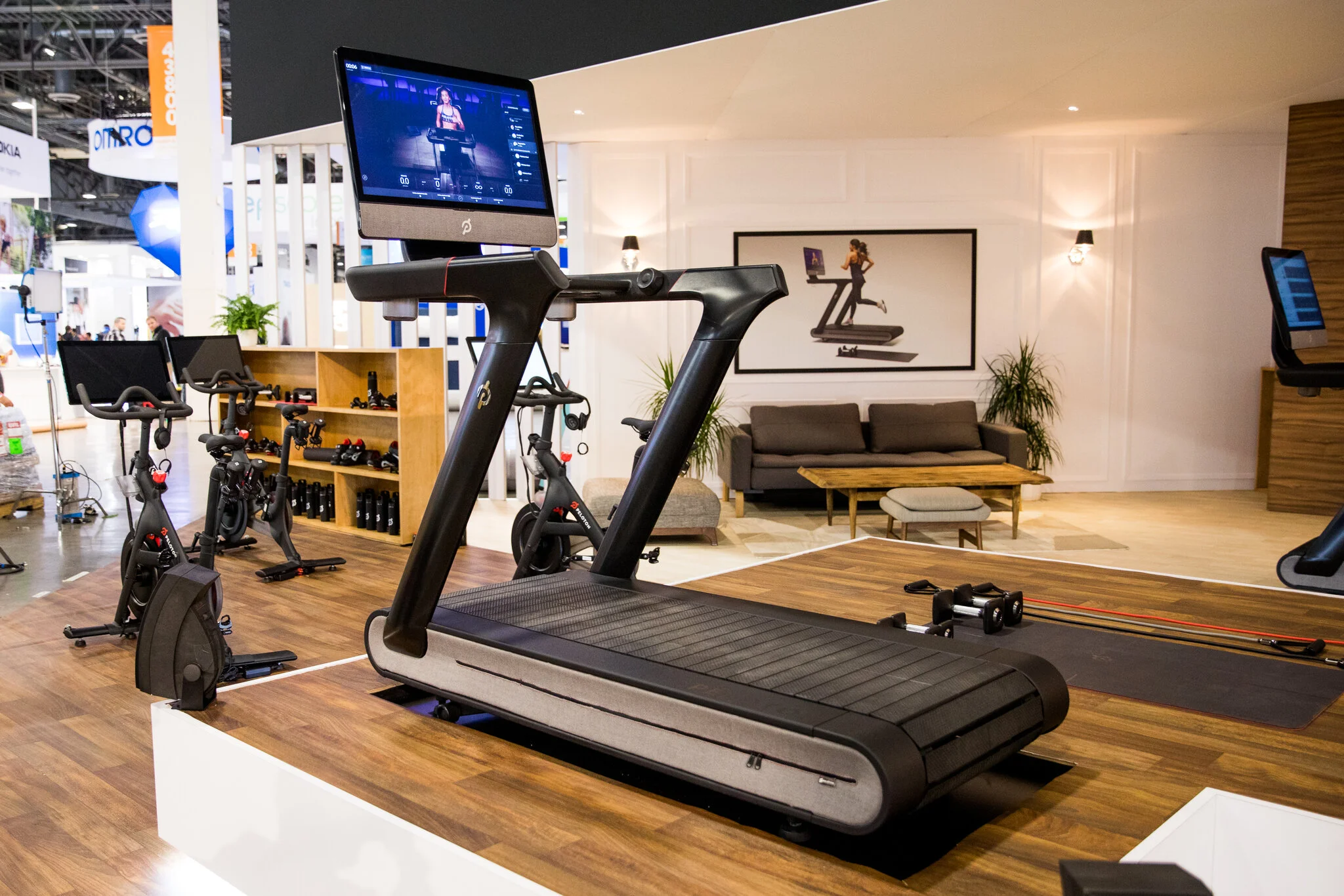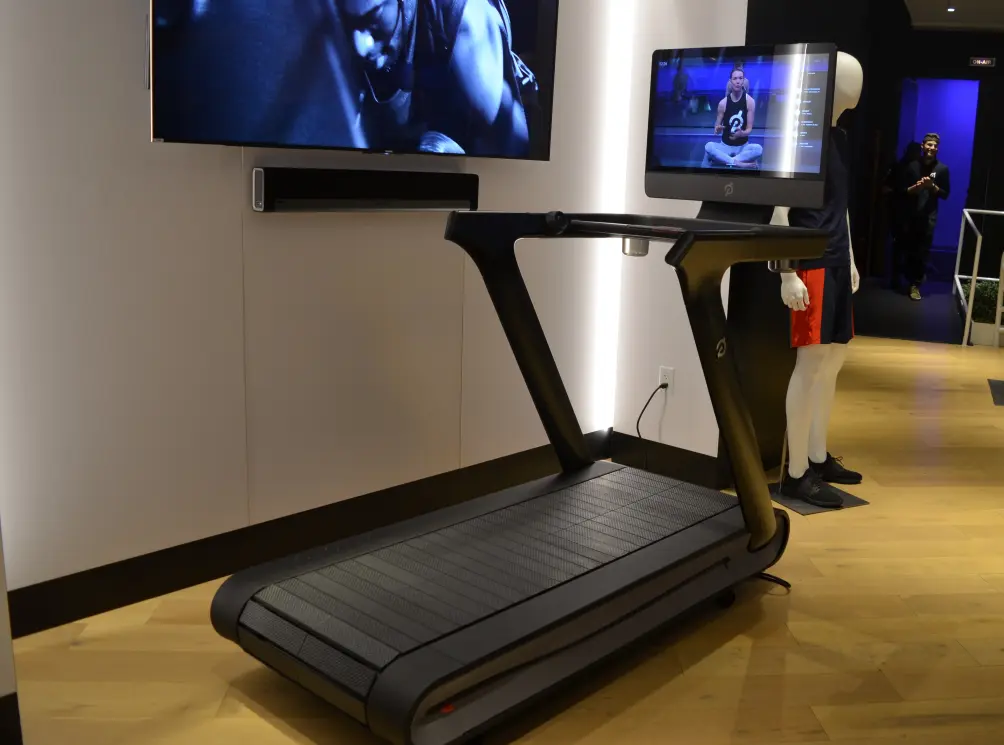If you’re a fan of Peloton’s treadmill, you might have experienced the problem of excessive vibration during workouts. This issue can be frustrating and may even affect your performance.
But don’t worry, in this article, we’ll explore the causes of Peloton tread vibration and provide some solutions to help you resolve this problem. We’ll also discuss some alternative options for those who want to avoid this issue altogether.
Peloton is known for its high-quality fitness equipment, and the Peloton treadmill is no exception. However, some users have reported issues with excessive vibration during workouts, which can be distracting and uncomfortable.
If you’re experiencing this problem, you’re not alone. In this article, we’ll explore some of the possible causes of Peloton tread vibration and offer some solutions to help you mitigate this issue.
Causes of Peloton Tread Vibration

Several factors can contribute to the vibration you experience while using a Peloton treadmill. Here are some of the most common causes:
1. Treadmill Placement
The placement of your treadmill can have a significant impact on the amount of vibration you experience. If your treadmill is on an uneven surface or an unstable platform, it can cause excess movement and vibration during workouts.
You May Also Like To Read: How Much Space do You Need for a Peloton Bike?
2. Treadmill Age and Wear
Over time, treadmills can experience wear and tear, which can cause vibration. If your treadmill is old or hasn’t been well-maintained, it’s possible that it’s causing the excess vibration you’re experiencing.
3. Running Form
Your running form can also contribute to the amount of vibration you experience. If you’re landing too heavily on the treadmill or using improper form, it can cause excess movement and vibration.
4. Treadmill Settings
Finally, the settings on your treadmill can also impact the amount of vibration you experience. If your treadmill is set to a high incline or speed, it can cause excess movement and vibration.
Solutions for Peloton Tread Vibration

Fortunately, there are several solutions you can try to mitigate the vibration you experience while using your Peloton treadmill. Here are some of the most effective solutions:
1. Check Treadmill Placement
The first step is to ensure that your treadmill is on a stable, even surface. If it’s not, try moving it to a more stable location or placing it on a mat designed to reduce vibration.
2. Check Treadmill Age and Wear
If your treadmill is old or showing signs of wear, it may be time to replace it. A new treadmill can provide a smoother, less-vibrating workout experience.
3. Adjust the Running Form
If your running form is contributing to the excess vibration, try adjusting your form to land more softly on the treadmill. You can also consult a running coach or physical therapist to help improve your form.
4. Adjust Treadmill Settings
Finally, if your treadmill settings are causing excess vibration, try adjusting them to a lower speed or incline. You can also try using a lower-impact workout program, such as a walking or low-impact running program.
Alternatives to Peloton Treadmills
If you’re unable to resolve the vibration issue with your Peloton treadmill, or if you simply prefer a different workout experience, there are several alternatives to consider. Here are some of the most popular options:
1. Non-Motorized Treadmills
Non-motorized treadmills, also known as manual treadmills, don’t rely on a motor to power the belt. Instead, the user propels the belt forward by walking or running. These treadmills tend to be less expensive
2. Other Brands of Treadmills
There are several other brands of treadmills on the market that may offer a smoother, less-vibrating workout experience. Some popular options include NordicTrack, ProForm, and Sole Fitness.
3. Outdoor Running
If you prefer to get your exercise outdoors, running outside can provide a great workout experience. Plus, it’s free and allows you to enjoy fresh air and beautiful scenery.
4. Other Forms of Exercise
Finally, if you’re looking for a different type of workout altogether, there are plenty of options available. You could try yoga, Pilates, weightlifting, or even dance classes.
How to Reduce Peloton Tread Vibration?
Peloton tread vibration can be a frustrating problem for users, but there are ways to reduce it and make your workout experience more comfortable. Here are some steps you can take.
One common cause of Peloton tread vibration is a loose or unbalanced treadmill belt. To fix this issue, you can adjust the belt tension according to the manufacturer’s instructions.
Improper installation can also cause vibration. Make sure that the machine is installed correctly on a level surface and that all parts are installed correctly.
If the treadmill deck is worn out, it may need to be replaced to reduce vibration. A worn-out deck can cause the belt to sag and create vibrations.
Regularly checking and tightening loose bolts and screws can also help to reduce vibration. Over time, these parts can become loose due to the constant impact and movement of the machine.
By implementing these solutions, users can significantly reduce Peloton tread vibration and enjoy a more comfortable workout experience. Additionally, regular maintenance and inspection of the machine can help to prevent future vibration issues.
Conclusion
Peloton tread vibration can be a frustrating problem, but it’s not insurmountable. By checking your treadmill placement, age, and wear, adjusting your running form and treadmill settings, and considering alternative options, you can reduce or eliminate the excess vibration you’re experiencing.
And if you decide that a Peloton treadmill isn’t the right fit for you, there are plenty of other workout options available that can provide a great exercise experience.
FAQs’
Why does my Peloton treadmill vibrate so much?
Several factors can contribute to the vibration you experience while using a Peloton treadmill, including treadmill placement, age and wear, running form, and treadmill settings.
How can I reduce the vibration on my Peloton treadmill?
You can reduce the vibration on your Peloton treadmill by checking the treadmill placement, age, and wear, adjusting your running form and treadmill settings, and considering alternative workout options.
Is it safe to use a vibrating treadmill?
While some vibration is normal when using a treadmill, excessive vibration can be uncomfortable and may even lead to injury. It’s important to take steps to reduce or eliminate excess vibration.
What should I do if I’m still experiencing vibration after trying these solutions?
If you’re still experiencing vibration after trying these solutions, it may be time to contact Peloton customer support or consider a different workout option.
Are there any non-treadmill workout options available from Peloton?
Yes, Peloton offers a variety of workout options, including cycling, yoga, strength training, and more.
Thanks For Visiting!
Related Articles:
